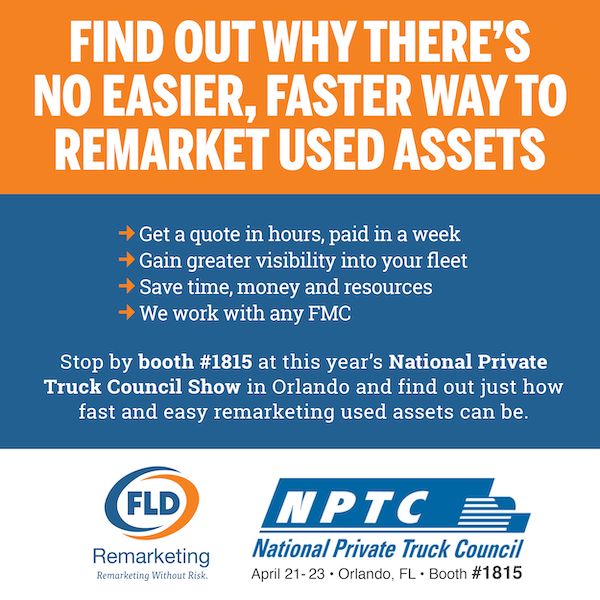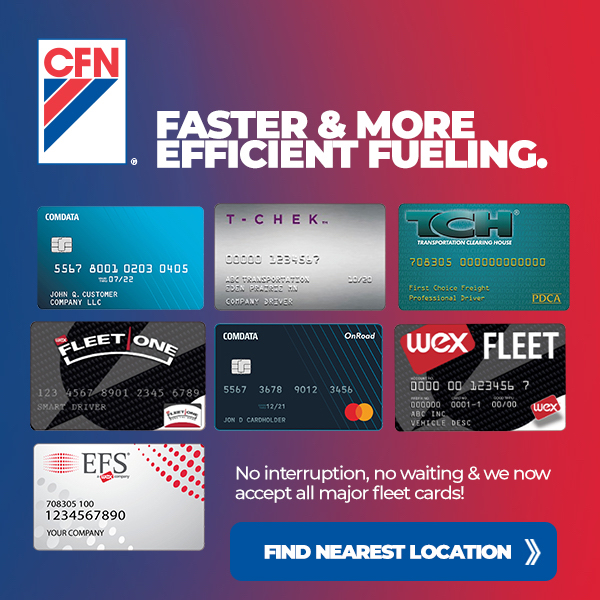
By Grant Feek
March 1, 2022
With a smartphone in almost every pocket, it seems that virtually nothing goes unrecorded anymore. And to capture things that happen on the road, while we’re driving, dash cams are becoming increasingly commonplace.
They can be especially useful in certain situations… but do you need one? And if you decide to get one, what features should you be looking for?
Traffic incidents/accidents
One of the primary areas where dash cams can be helpful is in typical fender-benders and other minor collisions, where there’s not likely to be a police investigation to recreate the accident. There’s often disagreement about what happened in these types of incidents, and video footage can provide evidence to establish who’s at fault.
In a car vs. pedestrian or cyclist scenario, it can also be helpful to show what was happening prior to the incident. Likewise, in road rage incidents, the footage might help take a dangerous person off the road or justify evasive or self-defense actions taken by a victimized party.
Currently, no insurance companies offer a discount for having a dash cam in your car. But most of them will gladly use your footage in their investigation, and it can help expedite the claims process.
Of course, dash cam footage can cut both ways where blame is concerned; it can help vindicate you, or potentially implicate you. Police can ask to see your footage (but you don’t have to show it to them). They can also compel you—with a warrant, if they believe your dash cam has captured evidence of a crime—to turn it over.
So, if you were to do something illegal (or even be involved in a major incident, regardless of blame) it could turn out to be evidence against you that wouldn’t have otherwise existed.
A lot of parents are finding peace of mind—and young drivers being held more accountable—as a result of dash cams in the car for inexperienced drivers.
Teenagers are, of course, unlikely to be thrilled at the prospect of a dash cam recording their behavior behind the wheel. But because parents usually own the car their child is driving, and pay for insurance, they simply make dash cam monitoring part of the deal.
Security
Some dash cams, like the Owl system, record inside and outside continuously. So, your car is covered not only when you’re driving, but also when it’s parked. It can allow you to check in on your car in real time via a smartphone app, and alert you if noise or motion is detected. So, you’ll have both notification and footage of any break-ins, attempted break-ins, vandalism, bumps, door dings, etc.
Interactions with passengers
If you drive for companies like Lyft or Uber, it may be in your interest to record what happens inside the car. We’ve all seen situations—via dashcam footage—where passengers have become verbally and/or physically abusive, and the footage has been important in helping to justify the driver’s response.
Legal issues
Dash cams are still new enough that there is no federal legislation and little to no state or local regulation or laws pertaining to their use.
General interpretations of the law suggest that they’re perfectly legal on the road, because roads are public property, and no one has any reasonable expectation of privacy. Places where we all drive that are technically private property, such as mall parking lots, could be more contentious; it’s hard to know how dash cam footage might be treated in those areas.
Recording passengers inside your car can be a legal grey area as well. While it’s ultimately dependent upon state and local law, general precedent suggests that a passenger in an Uber or Lyft driver’s car, for example, has no reasonable expectation of privacy. Because the car is in public, and the car is owned by the driver.
Features: what do you need?
Dash cams are available at price points ranging from about $25 to over $400. So, what should you look for?
It’s a good idea to have a fair amount of storage for video; ideally enough to record continuously a few hours at a time before the camera starts overwriting the oldest footage, so you’re not likely to miss an incident.
There are a lot of variables when it comes to memory cards, including brand, as well as your camera’s resolution, frame rate, etc. Cansonic’s guide to memory cards is a valuable resource to help you choose the right one.
Some are cloud-enabled, so that your footage is stored separately from the physical dash cam unit, which adds an extra level of security.
If you want to be able to check on your car and be notified of incidents in real time when it’s parked, you’ll want a camera that has a security monitoring mode, as well as wireless app connectivity.
1080p (true HD) video resolution is worth having; it’s getting to be standard for all but the least-expensive dash cam models. 4k resolution is even available now, if you want the highest quality image (but 1080 is quite good and will probably satisfy most people’s needs.)
Some dash cams have wide-angle lenses for a broader view, and some have two cameras—one for front and one for back. Still others have cameras for the interior of the car. All of this will depend on your own individual needs and purpose for having the dash cam.
It also can be nice to have the wires tucked away for a cleaner look, and the dash cam’s power hard-wired to turn on and off with your car’s ignition switch. Most electronics stores that offer car stereo installation can do that for you.
About the Author
Grant Feek is the CEO of TRED. He founded the company on a simple premise: it should be easy for consumers to buy and sell cars. Prior to Tred, Grant worked in private equity and automotives at Lehman Brothers, Lowe Enterprises and BMW. He studied at the University of Southern California and Harvard Business School, and was elected to the Young President’s Organization in 2021.






